The rise in casual sex that marked the swinging ’60s actually began a decade earlier, according to a new analysis of the period when penicillin was introduced to treat syphilis. The new work directly challenges the notion that it was the contraceptive pill that ushered in the decade of free love.
“It’s a common assumption that the sexual revolution began with the permissive attitudes of the 1960s and the development of contraceptives like the birth control pill,” notes Emory University economist Andrew Francis, who conducted the analysis. “The evidence, however, strongly indicates that the widespread use of penicillin, leading to a rapid decline in syphilis during the 1950s, is what launched the modern sexual era.”
Published in the Archives of Sexual Behavior, the new work puts the decision-making behind casual sex in a cost-benefit context. As penicillin drove down the cost of having risky sex, the population started having more of it, Francis explains, comparing the phenomena to the economic law of demand. “When the cost of a good falls, people buy more of the good. People don’t generally think of sexual behavior in economic terms,” he says, “but it’s important to do so because sexual behavior, just like other behaviors, responds to incentives.”
Syphilis was widespread in the first half of the last century, reaching its peak in the United States in 1939, when it killed 20,000 people. Although penicillin was discovered in 1928, it was not put into clinical use until 1941, when it was found to be an effective treatment against syphilis for troops fighting overseas. “The military wanted to rid the troops of STDs [sexually transmitted disease] and all kinds of infections, so that they could keep fighting,” Francis notes. “That really sped up the development of penicillin as an antibiotic.”
From 1947 to 1957, the syphilis death rate fell by 75 percent and the syphilis incidence rate fell by 95 percent. “That’s a huge drop in syphilis. It’s essentially a collapse,” Francis says.
In order to test his theory that risky sex increased as the “cost” of syphilis dropped, Francis analyzed data from the 1930s – 1970s from various U.S. health agencies. He chose three measures of risky sexual behavior: the illegitimate birth ratio; teenage births; and the incidence of gonorrhea.
The results showed that as soon as syphilis bottomed out in the 1950s, there were dramatic increases in all three measures of risky sexual behavior. “The 1950s are associated with prudish, more traditional sexual behaviors,” Francis notes. “That may have been true for many adults, but not necessarily for young adults. It’s important to recognize how reducing the fear of syphilis affected sexual behaviors.”
Related:
Discuss this article in our forum
Study links morning after pill to jump in STDs
Compelling new evidence for benefits of circumcision
HPV Now Implicated In Throat Cancers
Pygmy puberty put under the microscope











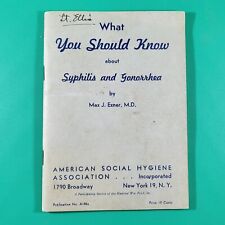
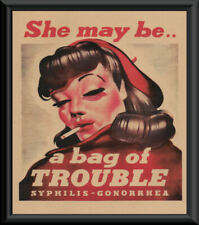

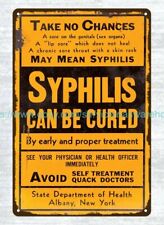
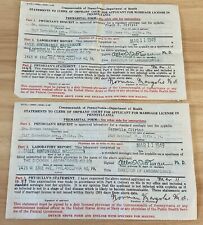

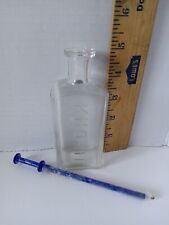
Comments are closed.